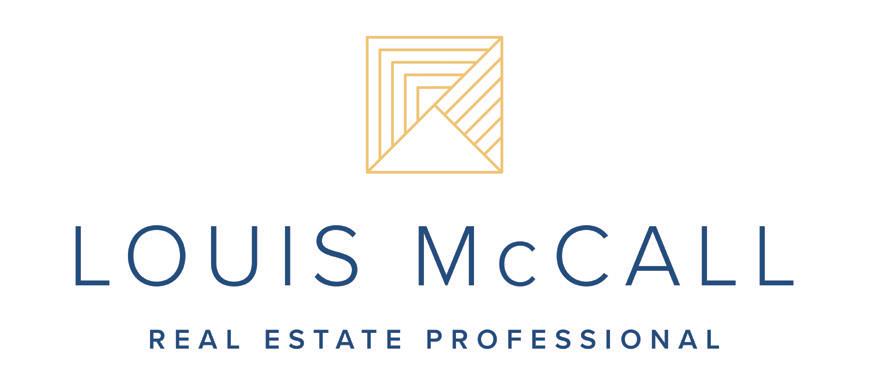
3 minute read
Residential Real Estate
Tina Tamboer, The Cromford Report
In 2022, the Greater Phoenix housing market experienced a dramatic shift in demand fueled by the highest rate of mortgage rate increases since the early 1980’s. Normally we provide annual price measures for this report, which encompass an entire year of sales, but they are slow to reflect rapid price shifts and appreciation in the first half of 2022 was vastly different from the second half. To accommodate for this, below are the year-over-year price appreciation measures showing both complete year and December only comparisons through the Arizona Regional MLS (ARMLS):

By comparison, demand was also 28% below normal for the end of December. Supply declining to meet low demand brought the brief 4-week Buyer Market that had developed in November to an end, at least for now.
If this Balanced Market holds, prices should stabilize in the first half of 2023. December contract prices, which will be reflected in January closings, may show the bottom of the market but we will not know until the end of March. Having so few closings put massive strain on an industry that had grown over the years to support a higher level of sales. A balanced market is of little help to the throngs of people who were laid off in lending, title and escrow, inspections, appraisals, and other service industries that had to shrink operations within a short 6-month period to survive.
Despite the pain the industry has endured, most sellers are still walking away with significant profits as 65% of resales in the MLS have been owned for at least 2 years. Even after a 12% decline since May, sellers with at least 2 years of ownership averaged 26% in appreciation and those with at least 5 years of ownership saw 72% or more. This put most sellers in an equity position to accommodate rate buydowns and closing cost contributions for buyers, as reflected in 50% of December sales involving incentives with a median concession of $9,400.
In the first half of 2022, prices rose 13.2% from January through May while mortgage rates rose from 3.45% to 5.52%, spurring a market shift in demand. In July’s issue, we wrote that if mortgage rates were to remain high it would be reasonable to expect a 10-15% decline in sales price measures, producing a 0% year-over-year return by December. In the second half, mortgage rates were over 6% for the last 3.5 months and even surpassed 7% in October. As expected, the average sales price per square foot declined 12.4% from the peak of May to the trough of December, putting the year-over-year December change to -0.8% and essentially erasing all appreciation from the first half of 2022.
The second half of 2022 saw builders and iBuyers take a beating, as normal home buyers were back in the driver’s seat and cash investors took a back seat. Appraisals, inspections, and affordability became important once again, but a family making the median income could still only afford 22% of what was selling in Greater Phoenix1. The normal range is 60-75%, and without cash speculators sales in the second half plummeted to levels not seen since 2008. Offset by high sales volume in the first half, 2022 ended with 80,989 MLS sales; 23% below 2021 and comparable to 2014-2015.
Supply of homes continued to rise until October when active listings peaked at 19,643, up 331% from March. However, fewer homeowners chose to sell as prices declined and new listings became nearly as scarce as new contracts by November. Supply began to drop. By the end of December, supply had declined 20% to 15,731; 203% higher than 2021, but still 27% below what supply should normally be at this time.

Annual Sales Rate
Going forward, the first quarter of 2023 promises more buyer activity as Arizona kicks off its peak season with Super Bowl LVII, The WM Phoenix Open, Barrett Jackson, Spring Training and more. Seller-paid rate buydowns and closing costs will continue to be a part of negotiations through the first quarter to counteract high mortgage rates, which remain volatile and difficult to predict. There are good reasons to expect rates to decline in the first half of 2023, to what degree is a source of debate. If they remain above 6%, supply and demand will remain unremarkable. If rates drop as low as 5%, the market could rebound within a matter of months. Stay tuned.





